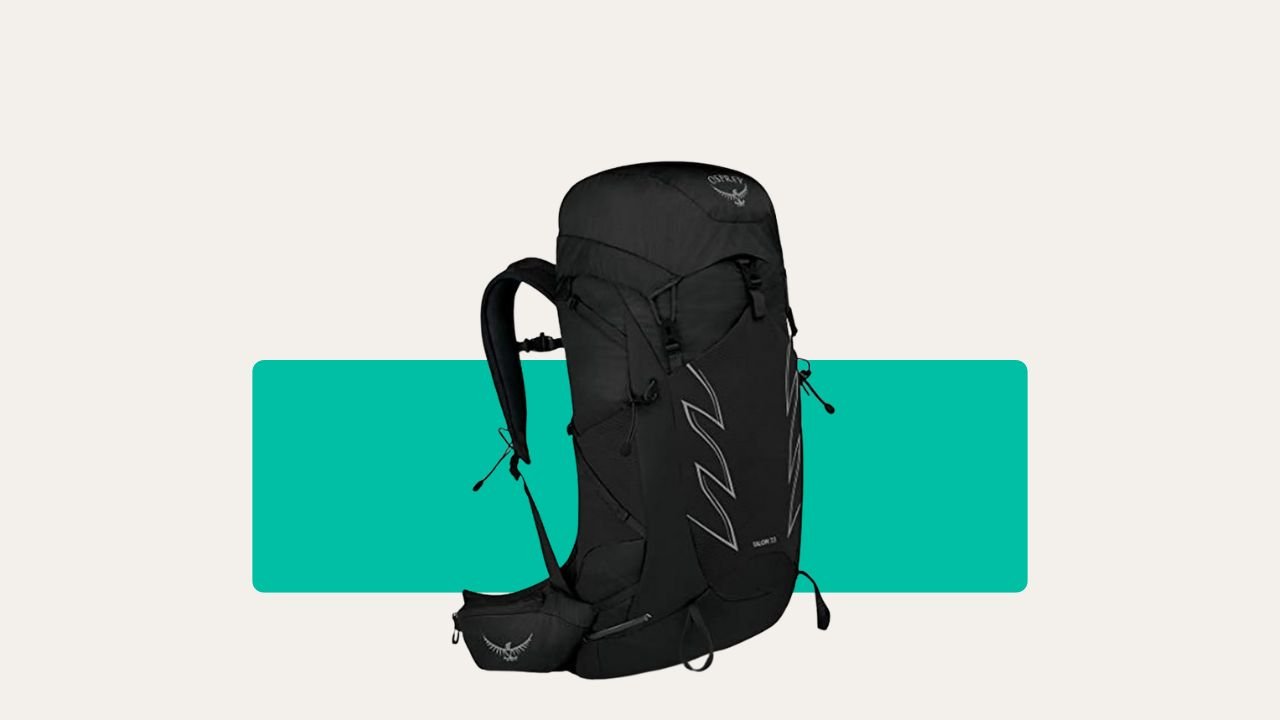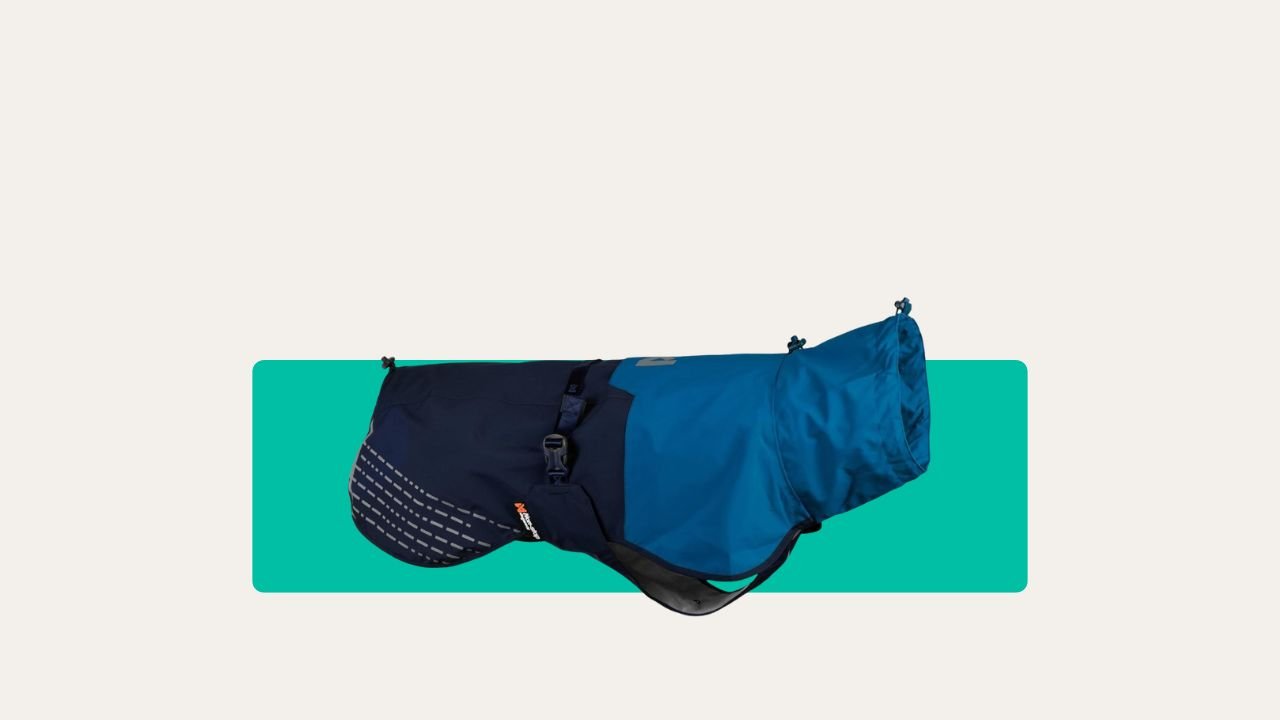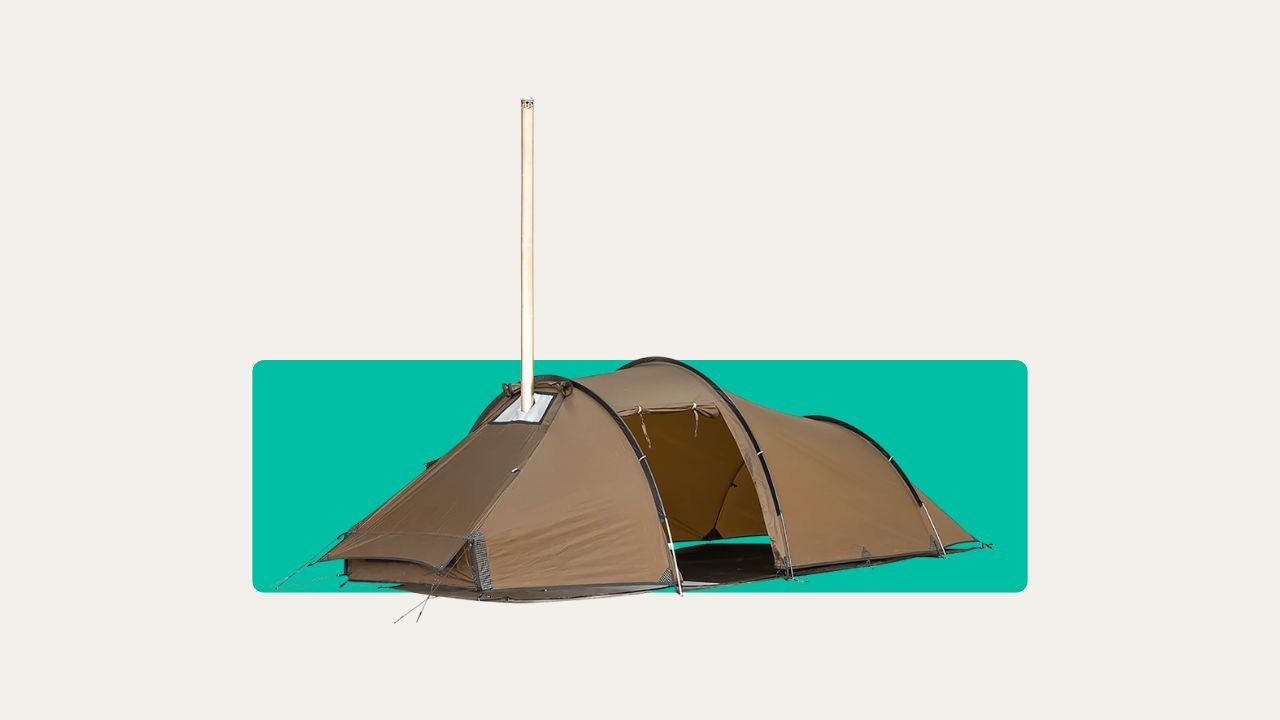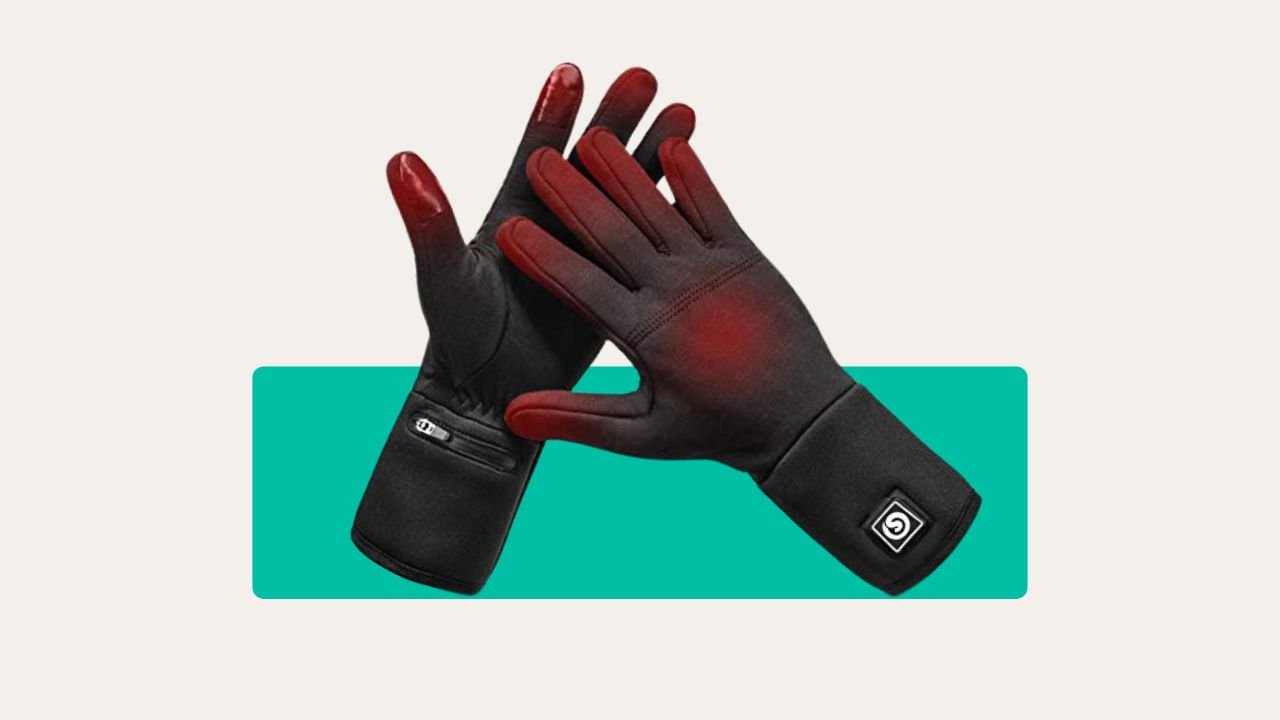Let’s clear something up – you don’t need a different stove fuel for every trip, but picking the right one can make or break your camping setup. Trust me, I’ve learned the hard way (usually with cold tea and a grumpy morning).
Here’s the quick version: Propane is your cold-weather warrior, perfect for frosty mornings or high-altitude adventures. Butane? That’s your summer go-to. It’s lighter, easier to carry, and ideal for short weekend escapes or breezy beachside brews.
So before you grab whatever’s rolling around in the garage, ask yourself: where am I going, and how cold is it going to get? Because when the rain’s coming sideways and all you want is a hot meal, fuel matters more than you think.
What’s the Major Difference Between Butane and Propane?
Think of butane and propane as cousins in the gas family. They are similar but with crucial differences.
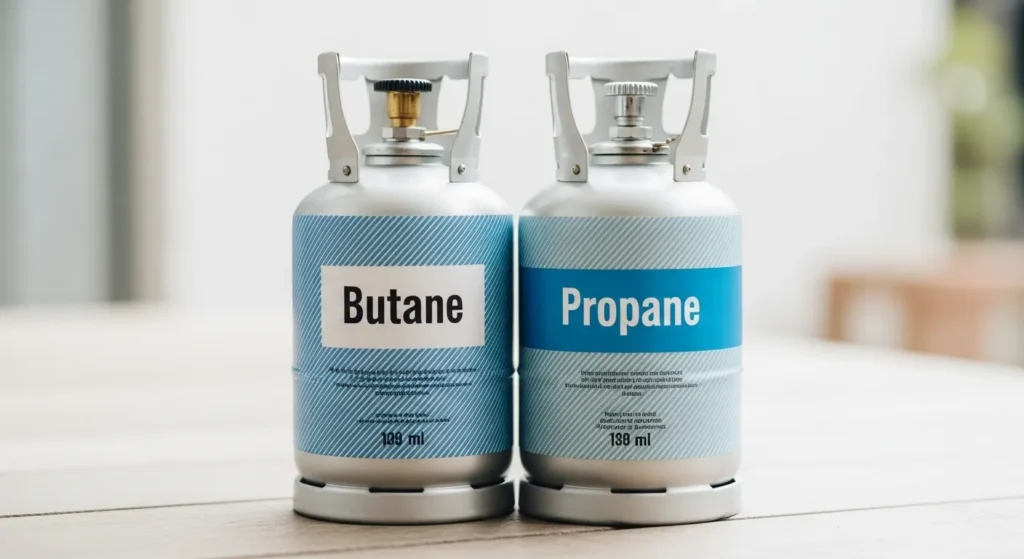
Butane has a boiling point of around -1°C. This means it stops turning to gas near freezing, making it unreliable for British winters or chilly early spring trips. The plus? Butane canisters are lighter and smaller, so you’ll barely notice them in your pack. That makes it ideal for lightweight summer hiking.
Propane, on the other hand, has a much lower boiling point, about -42°C. Even on the frostiest Scottish morning, it’ll vaporise and run your stove. The catch? Propane canisters need to be thicker and heavier to cope with the pressure. Most are those big red bottles you see on car camping sites. They are creaky but reliable.
If you want the science, it’s all about vapour pressure. The lower the boiling point, the more energy the gas has to escape, even when it’s cold or high up.
You’ll see isobutane mentioned too. This is a tweaked version of butane that offers better cold-weather performance, often mixed with propane in those silver-and-blue “four season” canisters. If you see a can labelled “propane mix” or “premium blend,” that’s probably it.
How Temperature and Altitude Change the Game?
A lot of campers think “gas is gas” – but that’s where things go wrong. When the temperature drops or you’re camping higher up, not all fuels behave the same.
Take it from me: I once camped on Dartmoor in October with a butane canister. Woke up to a crisp morning, went to fire up the stove… and nothing. Just a sad little hiss. The butane didn’t want to play in the cold. I eventually got my tea, but I could’ve walked to the nearest café faster.
That’s because butane struggles in low temperatures and high altitudes. It doesn't vaporise well once the chill sets in. Meanwhile, propane keeps going strong, even when the frost bites or you’re up a mountainside with less air pressure.
Real-life proof? I was wild camping by a lake in Snowdonia, mid-March. My butane stove barely warmed the pan. Meanwhile, my mate, with a propane setup, was already sipping hot cocoa. Lesson learned.
So, if you’re heading into the hills or expecting chilly mornings, propane is the safer bet. If it’s a warm, breezy weekend at sea level? Butane will do just fine, and your pack will be a bit lighter too.
Butane vs Propane Stove: Weight and Packability
The truth is that when you’re carrying everything on your back, every kilo matters. You don’t want your stove fuel dragging you down before you even pitch the tent.
That’s where butane (and isobutane) shines. The canisters are smaller, lighter, and way easier to pack. You’ve probably seen them – the little blue screw-top or bayonet-fitting tins. Perfect for wild camping, hiking, or squeezing into the side pocket of your rucksack without making your pack lopsided.
Propane, on the other hand, brings the power – but it also brings the bulk. Those big red cylinders are great if you’re driving to your pitch or setting up for a week with the family. But you’re not strapping one of those to your back unless you’ve got a serious point to prove.
So, quick rule of thumb:
- Hiking or backpacking? Stick with butane or an isobutane mix.
- Driving in and cooking up big meals? Propane’s your friend. Just don’t expect it to fit neatly in your daypack.
Finding the Right Option for High Altitude Camps
Above 1500 metres—or even higher, if you’re in the Alps—pressure drops, and camp kit starts showing its weaknesses.
Propane is king at altitude. Its low boiling point and high pressure shrug off thin air, so you can get your stove roaring even when the wind’s biting and the world feels closer to the sky.
Butane stoves, by contrast, might limp along—or stop working completely. That’s why you won’t see serious mountaineers with butane canisters on Ben Macdui in January.
Want to hedge your bets? Isobutane-propane blends offer a solid compromise. They’re not as good as pure propane at altitude, but far better than regular butane. Look for “four season” or “winter mix” cans.
Facing Cold Weather: Which Fuel Holds Up?
I’ve seen it more times than I can count – someone turns up at a chilly campsite, cracks open a butane canister, and then wonders why their stove sounds like it’s wheezing. That’s because butane doesn’t like the cold. Once the temperature dips near freezing, it just doesn’t want to leave the can.
Propane, on the other hand, keeps going strong. Rain, frost, even when your breath’s turning into mist, propane doesn’t care. It fires up reliably and keeps your brew bubbling and your dinner hot.
Now, if you’re keen to keep things light but still want a bit more cold-weather wiggle room, look out for isobutane or blended fuels. These offer a little better performance when things get frosty, but they’re still not a full match for propane.
Bottom line? If you’re heading out any time outside the warm summer months, or just want your morning coffee without the drama, propane gives you the best shot at hot food in cold weather.
What’s With Those Canister Colours?
Stove fuel shopping can be confusing. You’re standing in the aisle or digging through your boot, trying to remember which can is which. Here’s a quick colour-code guide to help:
- Butane is usually in blue canisters.
- Propane comes in red or orange.
- Isobutane blends tend to be in silver or mixed colours – often with blue and red splashes.
But don’t get too comfy – brands love to mess with this. I’ve seen butane in green and propane in yellow. So always check the label before you fire up your stove.
Is Mixing Fuels Safe or Stupid?
Never try to mix fuels yourself. Let me repeat – don’t decant gas from one can into another at home or in the field. That’s DIY Darwin Award territory.
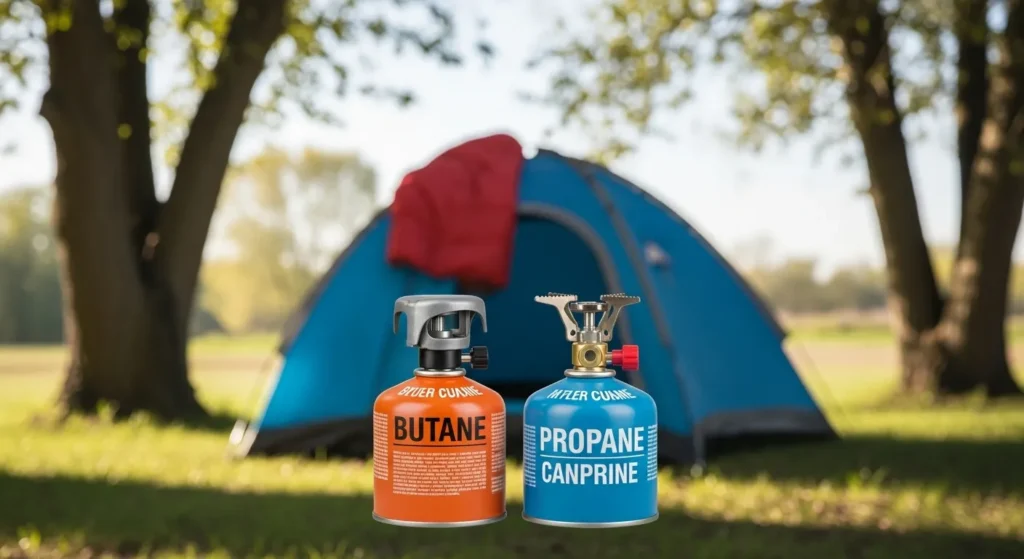
Commercial mixed fuels (like isobutane/propane blends) are safe because they’re made and sealed by professionals, with the right ratios and pressure. If a manufacturer says “propane mix,” you’re good. If you’re thinking of doing some “homemade” blend, step away. That trick you read on a forum isn’t worth the risk.
If your stove says it’s multi-fuel, it usually means it can safely burn mixes, not that you can create your own chemistry set.
Indoor Cooking: Is It Ever Safe with a Camp Stove?
Here’s where things get risky. Using any gas stove in a tent or camper can be deadly. Gas stoves create carbon monoxide when they burn – sometimes a little, sometimes a lot. It’s colourless, scentless, and kills people every year.
If you absolutely have to (maybe the rain’s biblical and you’re soaked), make sure the space is well-ventilated. I mean windows or tent doors wide open, and keep a carbon monoxide alarm handy if you’re in a camper. Never cook in a zipped-up tent. It’s not worth risking lives for a bacon sarnie.
Just last summer, we heard about a fatal accident on a Cornish site because campers used their stove inside to keep warm overnight. Please, don’t be that statistic.
Cooking Without Gas: Other Outdoor Fuel Options
Not keen on using gas? Or maybe you just like having a backup plan? Good news – there are a few solid alternatives worth packing, especially if you're going light or off-grid.
Alcohol stoves, like the classic Trangia setups, are a favourite with backpackers. They’re light, simple, and run on fuel you can find pretty much anywhere. They are also very quiet too. Just be prepared for a slower cook time, and bring a wind shield, because they really don’t like a breeze.
Wood stoves are another great shout, especially if you’re camping somewhere with access to dry twigs or kindling. There’s something special about making tea over a crackling flame. Just make sure you're not cooking in a fire-restricted area, and watch that your fire doesn’t turn into a local news story.
Then you’ve got solid fuel tabs – those lightweight little blocks like hexamine or Esbit. They’ll work in pretty much any weather, and they’re perfect for emergencies. They do smell a bit odd, and you won’t be making a full fry-up on them, but they’ll boil a tin mug of water when you need it.
I usually chuck a couple of tabs in my kit, just in case. In the UK, where the weather can go from sunny to sideways in ten minutes, having a backup for boiling water is just good sense.
So… Which Fuel Should You Pack?
Well, the right fuel depends on your trip, not just what’s lying in the garage.
If you’re off on a summer escape, hiking through the Lakes, or just brewing up in mild weather, butane or isobutane will do the job. It’s lighter, cheaper, and easy to stash in your pack without thinking twice.
But if your adventure takes you above 1,000 metres, into winter frost, or anywhere the morning dew feels more like ice? Propane’s your mate. It’s heavier, sure – but it’s also far more reliable when the temperature drops. And trust me, cold hands and a cold stove make for a miserable morning.
Need a bit of both? Go for an isobutane-propane blend. It handles chilly starts and unexpected altitude better than plain butane, without weighing you down like a full propane tank.
One last word of advice: always check what your stove takes. Some need screw-top canisters (Lindal valves), others use bayonet fittings. Don’t try to jam the wrong one in. You’ll end up with gas where you don’t want it.And whatever you choose, don’t rely on that tiny village shop to stock your specific canister. I once wandered a Welsh village for an hour hunting for a blue butane can. Nothing. So, always pack a spare or bring a backup. You definitely will be grateful.


